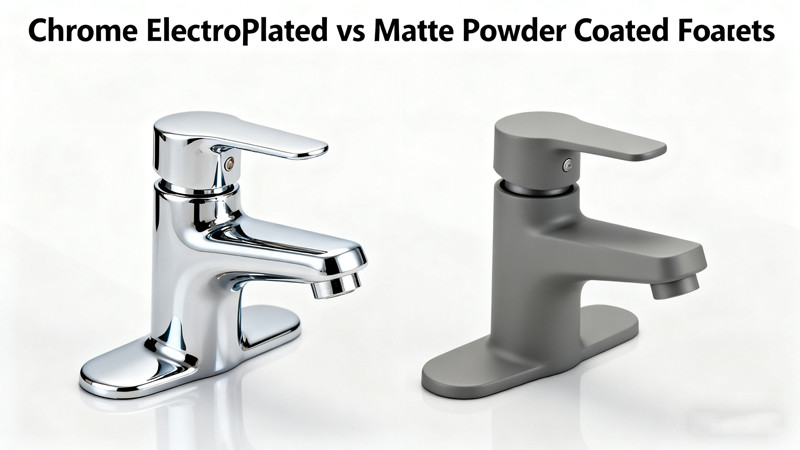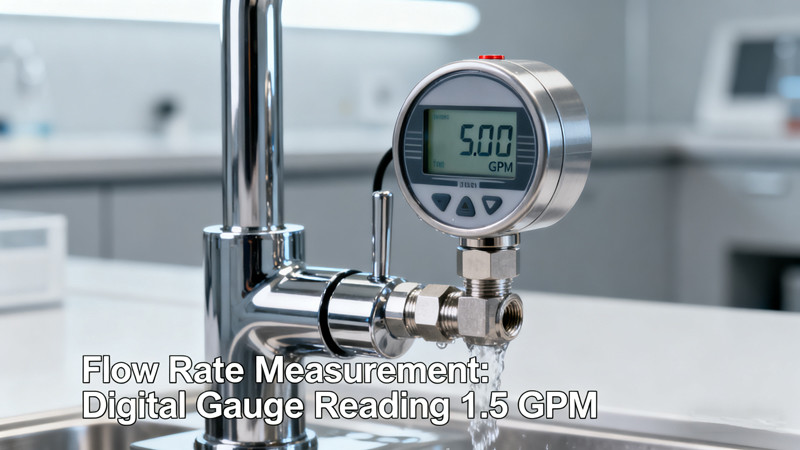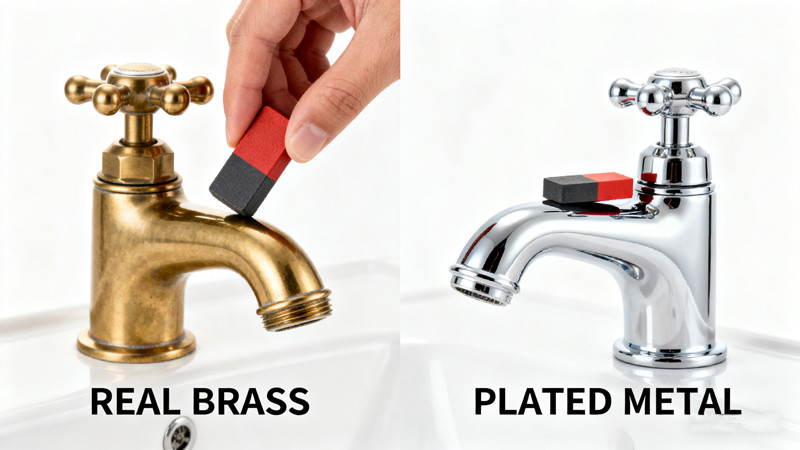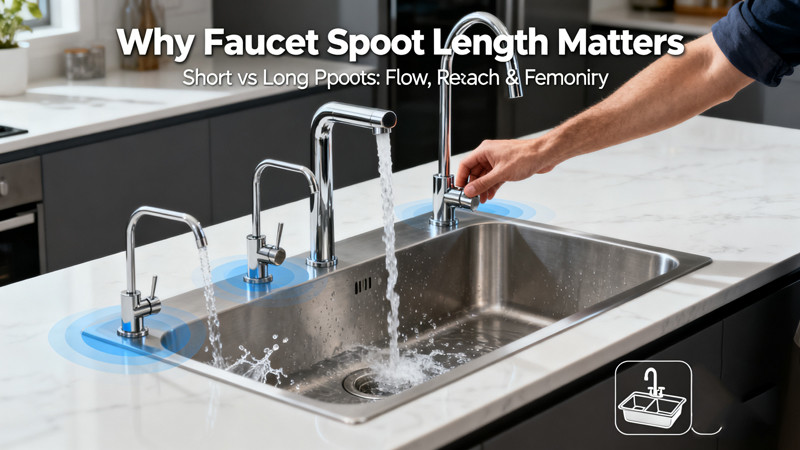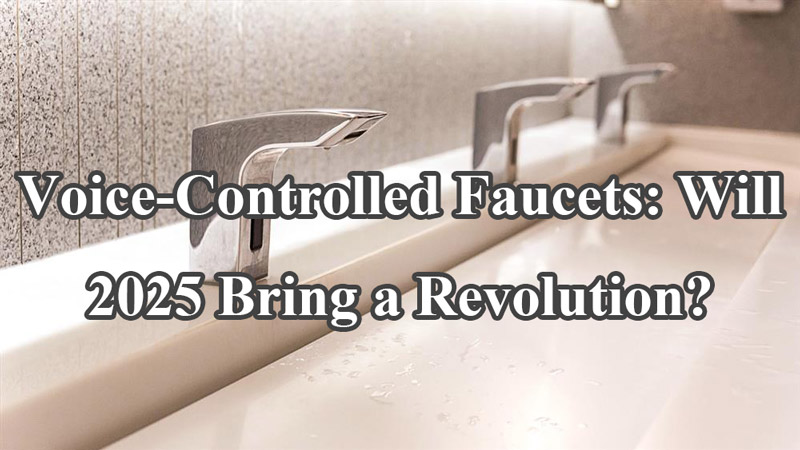
In the ever-evolving world of home technology, voice control has become one of the most exciting frontiers. From smart lights to thermostats and even refrigerators, the convenience of controlling devices through simple voice commands has transformed the way we interact with our homes. Faucets, however, have largely remained untouched by this revolution—until now. In 2025, voice-controlled faucets are poised to be one of the next big innovations in the kitchen and bathroom, offering a level of convenience and functionality that could reshape how we use water in our everyday lives.
The Rise of Voice-Controlled Technology in Homes
Voice-controlled technology isn’t new. In fact, the integration of voice assistants like Amazon Alexa, Google Assistant, and Apple Siri into our homes has been steadily growing over the past few years. Devices such as smart speakers, thermostats, and even lights can now be operated hands-free, making daily tasks more efficient and effortless. However, when it comes to faucets, voice control has remained a relatively untapped feature—until recent advancements in smart home technology began to catch up.
Voice-controlled faucets represent the next step in the evolution of smart home integration, allowing users to control water flow, temperature, and even activate features like hands-free operation, all through simple voice commands. This trend is expected to continue growing, with 2025 emerging as a key year for mainstream adoption of voice-controlled faucets. But will this technology revolutionize the way we interact with one of the most essential elements of our homes?
How Do Voice-Controlled Faucets Work?Voice-controlled faucets operate by integrating with smart home assistants like Alexa, Google Assistant, or Siri, which can be programmed to recognize specific commands. These faucets are typically equipped with a combination of sensors, smart valves, and wireless connectivity to receive and respond to verbal cues. The key features of voice-controlled faucets include:
- Water Flow Control: Using voice commands, users can turn the faucet on or off, adjust the water flow, or pause the flow momentarily. Commands like “Alexa, turn the kitchen faucet on” or “Google, turn the water off” make controlling the faucet effortless and hands-free.
- Temperature Adjustment: Many voice-controlled faucets allow users to control the water temperature by simply saying, “Set the temperature to 100°F” or “Make the water hotter.” This takes the guesswork out of finding the perfect water temperature, especially when your hands are full or messy.
- Preset Settings: Some advanced models offer preset commands, where users can save their preferred water flow and temperature settings. For instance, you could program your faucet to always start with a certain temperature or pressure level for specific tasks like washing dishes or filling up a kettle.
- Hands-Free Operation: Some models also incorporate motion sensors, allowing users to trigger the faucet without needing to touch it. This is especially useful in the kitchen, where cooking messes can leave your hands dirty, or in bathrooms where hygiene is a priority.
The Potential Benefits of Voice-Controlled Faucets
1. Hands-Free Convenience
The most obvious advantage of voice-controlled faucets is the convenience of hands-free operation. Whether you’re juggling kitchen tasks or washing your hands in the bathroom, being able to control the water flow and temperature with just your voice adds a level of ease that traditional faucets can’t match. This is especially beneficial in a world where multitasking has become the norm.
For example, imagine you’re cooking and need to fill a pot with water while simultaneously chopping vegetables. Instead of touching the faucet and potentially contaminating your hands with raw food or spices, you can simply ask your voice assistant to turn the faucet on, adjust the temperature, and fill the pot—all without stopping what you’re doing.
2. Increased Hygiene
Hygiene is another compelling reason why voice-controlled faucets are gaining popularity. In kitchens and bathrooms, users often have dirty or wet hands, which makes it harder to touch faucets without spreading germs. With voice-controlled faucets, you can activate the water flow without having to touch anything, reducing the risk of cross-contamination, especially when handling raw meat or cleaning up messes.
In bathrooms, this feature could also help prevent the spread of germs by eliminating the need to touch faucet handles after washing your hands, ensuring that clean hands remain clean. With voice control, the likelihood of inadvertently touching potentially contaminated surfaces is greatly reduced.
3. Improved Efficiency and Customization
Voice-controlled faucets can also improve efficiency by allowing users to customize their water usage. For instance, instead of waiting for water to reach the desired temperature or flow, you can simply say a command like “Set water to 98°F for washing dishes” or “Turn water to full pressure for rinsing vegetables.” This precision ensures that the faucet delivers exactly what you need without wasting water or time.
Furthermore, voice-controlled faucets often come with multiple preset modes for specific tasks, which allows users to streamline their routines. From filling a pot for pasta to rinsing off soap after a quick hand wash, the faucet can automatically adjust to the optimal flow and temperature, based on your preferences.
4. Energy and Water Savings
With the ability to control the flow of water with precision, users can save both water and energy. For example, you can set your faucet to stop running after a certain period, reducing water wastage. Additionally, because voice-controlled faucets offer more accurate temperature control, you won’t have to waste energy adjusting the temperature repeatedly or letting water run unnecessarily while you wait for it to warm up.
Will Voice-Controlled Faucets Become Mainstream in 2025?
While voice-controlled faucets are certainly exciting, there are still a few hurdles to overcome before they become standard in homes across the globe. Price is one of the primary concerns. Smart faucets, especially those with advanced features like voice control, tend to be more expensive than traditional models. However, as with most technological innovations, the price is expected to come down as the technology becomes more widespread and manufacturing processes improve.
Moreover, the effectiveness of voice-controlled faucets depends on the compatibility with existing home automation systems. Consumers who don’t already use smart home assistants may be hesitant to invest in such faucets without the infrastructure in place to support them. However, with the growing popularity of smart home devices and platforms, more people are expected to embrace the convenience of voice-controlled faucets as part of their larger smart home ecosystem.
Conclusion: A Revolution on the Horizon
Voice-controlled faucets hold great potential to revolutionize the way we interact with water in our homes. Offering hands-free convenience, enhanced hygiene, increased efficiency, and potential savings on both water and energy, these faucets are set to make everyday tasks much easier. While they may not become the norm for every household in 2025, the trend is already gaining momentum. With advancements in smart home technology and the growing interest in voice-controlled devices, it’s only a matter of time before these high-tech faucets become a mainstream feature of kitchens and bathrooms around the world. So, while they may not be in every home yet, voice-controlled faucets could very well be a key element of home technology in 2025 and beyond.
 WOWOW Faucets
WOWOW Faucets